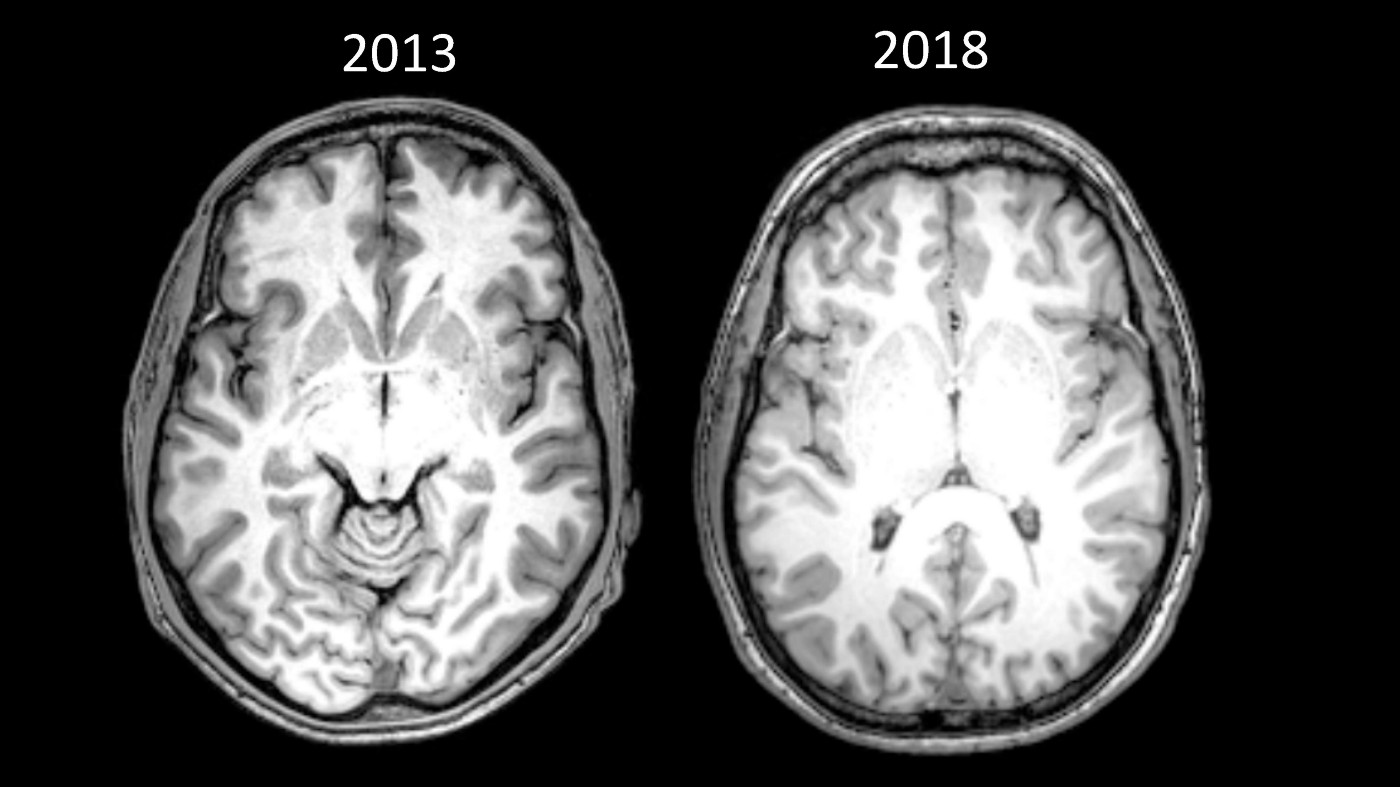Teacher
Professional
- Messages
- 2,670
- Reaction score
- 816
- Points
- 113
Meditation - (lat. "Meditatio", from "meditor" - thinking, pondering) is a mental action aimed at bringing the human psyche into a state of deep concentration, followed by detachment from everything that is the basis of feeling, perception and thinking. In different meditation practices, this process, usually consisting of several successive stages, is carried out in different ways. However, the fact that meditation (albeit in different variations) is present in almost all any significant religious, mystical, occult and even philosophical teachings speaks volumes! ?
The highest development of the practice of meditation was in Indian and Buddhist yoga. It was widely used in the ancient "philosophical ecstasy" of the Platonists and Neoplatonists, in the Orthodox "clever work" (the so-called "logos-meditation" or "Jesus Prayer"), in the exercises of the Jesuits, in the doctrine of the "Way" of Muslim Sufis etc. Some schools of modern psychoanalysis (for example, Jung's school) do not shy away from meditative practices.
Experiencing the state of meditation radically changes a person's idea of the Universe, its laws and about himself. This experience can completely change your life, transforming it, endowing it with higher meaning and opening up new perspectives for you. And although the purpose of meditation is, first of all, meditation itself, it will help you solve a number of problems.
Having mastered this practice, you will be able to improve health, get rid of chronic diseases, significantly increase efficiency, find harmony of spirit and body, reveal your abilities and talents, experience Enlightenment, merge with the Absolute and much, much more ...
Describing what a person is experiencing while in a state of meditation is not only thankless, but also meaningless. You must experience it yourself! Any, even the most accurate and scrupulous descriptions, at best, will turn out to be an "abstract sketch", but will not reflect what a person gains and feels. An example is the description given by the famous Russian psychotherapist E. A. Tsvetkov:
"... As the meditation process deepens, the" I "expands more and more, and a moment comes when the" I "as such ceases to exist. Its boundaries dissolve, the personality loses outlines, and new and qualitatively different - transpersonal - experiences appear . Goes beyond the limits of his own existence. A person acquires new experience, new knowledge. In the intuitive flow, he opens up new perspectives, a new panorama of Being. The shackles of his own ambitions are torn, and the being gets a feeling of absolute inner freedom ... ".
As you can see, despite all the efforts of the author, despite the fact that he is familiar with the subject not by hearsay, but by personal experience (Ernest Tsvetkov studied meditation in India, USA, Thailand, in the mountains of Jamaica, etc.), his entire description is reduced to dry statement of facts. By learning to meditate correctly, you will understand how far such descriptions are from the true experiences of the meditator!
Most meditation techniques begin with an appropriate posture. As a rule, this is the "Lotus Pose" or poses close to it. It is important that the head, neck and back form a strictly vertical line. Absolute immobility, inaction, gradual extinguishment of bodily sensations - all this saves energy ("Kundalini"), which is concentrated in the sacrum area, at the very base of the back, and which, as it deepens into the process, begins to rise along the spinal column ...
Most often, two types of meditation are distinguished: "concentrating" and "revealing". The methods of the first are reduced to concentrating attention on a certain object or phenomenon. This could be a point on a wall, a star in the sky, or a bodily sensation such as breathing. If, in the process of concentration, attention deviates from the selected object, it must be smoothly returned to its place. The internal monologue in the head must be stopped. Consciousness must be completely cleared of thoughts that do not directly relate to the object of concentration. Nothing outside should interfere. Otherwise, all work can go down the drain.
The methods of "revealing" meditation are just the opposite. A person seeks to achieve maximum sensitivity and openness to the consciousness of everything that happens outside and inside him. However, realizing, or rather fixing what is happening, the meditator does not think about it, but only notes the phenomena of his psyche. Thus, consciousness observes but does not react.
The essence of the method is as follows: a person should contemplate everything that happens to him or his environment, not rejecting anything as unworthy attention, but also not giving priority attention to anything. Realizing the emptiness of consciousness, the meditator should not try to fill it. Thoughts and images flickering in the mind follow in the general flow easily and freely, leaving no traces, "like birds flying easily through the sky and silently disappearing in the distance" ...
In both cases, the meditator, in fact, strives for the same thing: a complete (!) Cessation of the internal monologue. If you understand this now, then later you will not have to experience the frustration of sitting uselessly facing the wall. A fixed posture, concentration or scattering of attention is far from the most important thing. The most important thing is inner silence!
In a complex prepared especially for you (see below in the text), I tried, as far as possible, to combine the best aspects of both the "revealing" and "concentrating" types of meditation. In addition, the method is simplified as much as possible and adapted for those who are just beginning to master this difficult, but useful art in all respects. With the correct implementation of the exercises given here, practicing every day (!) For at least 15-20 minutes, you can achieve tangible results in a few months, or even weeks. Here, as in any other business, the main thing is regularity ...
The highest development of the practice of meditation was in Indian and Buddhist yoga. It was widely used in the ancient "philosophical ecstasy" of the Platonists and Neoplatonists, in the Orthodox "clever work" (the so-called "logos-meditation" or "Jesus Prayer"), in the exercises of the Jesuits, in the doctrine of the "Way" of Muslim Sufis etc. Some schools of modern psychoanalysis (for example, Jung's school) do not shy away from meditative practices.
Experiencing the state of meditation radically changes a person's idea of the Universe, its laws and about himself. This experience can completely change your life, transforming it, endowing it with higher meaning and opening up new perspectives for you. And although the purpose of meditation is, first of all, meditation itself, it will help you solve a number of problems.
Having mastered this practice, you will be able to improve health, get rid of chronic diseases, significantly increase efficiency, find harmony of spirit and body, reveal your abilities and talents, experience Enlightenment, merge with the Absolute and much, much more ...
Describing what a person is experiencing while in a state of meditation is not only thankless, but also meaningless. You must experience it yourself! Any, even the most accurate and scrupulous descriptions, at best, will turn out to be an "abstract sketch", but will not reflect what a person gains and feels. An example is the description given by the famous Russian psychotherapist E. A. Tsvetkov:
"... As the meditation process deepens, the" I "expands more and more, and a moment comes when the" I "as such ceases to exist. Its boundaries dissolve, the personality loses outlines, and new and qualitatively different - transpersonal - experiences appear . Goes beyond the limits of his own existence. A person acquires new experience, new knowledge. In the intuitive flow, he opens up new perspectives, a new panorama of Being. The shackles of his own ambitions are torn, and the being gets a feeling of absolute inner freedom ... ".
As you can see, despite all the efforts of the author, despite the fact that he is familiar with the subject not by hearsay, but by personal experience (Ernest Tsvetkov studied meditation in India, USA, Thailand, in the mountains of Jamaica, etc.), his entire description is reduced to dry statement of facts. By learning to meditate correctly, you will understand how far such descriptions are from the true experiences of the meditator!
Most meditation techniques begin with an appropriate posture. As a rule, this is the "Lotus Pose" or poses close to it. It is important that the head, neck and back form a strictly vertical line. Absolute immobility, inaction, gradual extinguishment of bodily sensations - all this saves energy ("Kundalini"), which is concentrated in the sacrum area, at the very base of the back, and which, as it deepens into the process, begins to rise along the spinal column ...
Most often, two types of meditation are distinguished: "concentrating" and "revealing". The methods of the first are reduced to concentrating attention on a certain object or phenomenon. This could be a point on a wall, a star in the sky, or a bodily sensation such as breathing. If, in the process of concentration, attention deviates from the selected object, it must be smoothly returned to its place. The internal monologue in the head must be stopped. Consciousness must be completely cleared of thoughts that do not directly relate to the object of concentration. Nothing outside should interfere. Otherwise, all work can go down the drain.
The methods of "revealing" meditation are just the opposite. A person seeks to achieve maximum sensitivity and openness to the consciousness of everything that happens outside and inside him. However, realizing, or rather fixing what is happening, the meditator does not think about it, but only notes the phenomena of his psyche. Thus, consciousness observes but does not react.
The essence of the method is as follows: a person should contemplate everything that happens to him or his environment, not rejecting anything as unworthy attention, but also not giving priority attention to anything. Realizing the emptiness of consciousness, the meditator should not try to fill it. Thoughts and images flickering in the mind follow in the general flow easily and freely, leaving no traces, "like birds flying easily through the sky and silently disappearing in the distance" ...
In both cases, the meditator, in fact, strives for the same thing: a complete (!) Cessation of the internal monologue. If you understand this now, then later you will not have to experience the frustration of sitting uselessly facing the wall. A fixed posture, concentration or scattering of attention is far from the most important thing. The most important thing is inner silence!
In a complex prepared especially for you (see below in the text), I tried, as far as possible, to combine the best aspects of both the "revealing" and "concentrating" types of meditation. In addition, the method is simplified as much as possible and adapted for those who are just beginning to master this difficult, but useful art in all respects. With the correct implementation of the exercises given here, practicing every day (!) For at least 15-20 minutes, you can achieve tangible results in a few months, or even weeks. Here, as in any other business, the main thing is regularity ...


